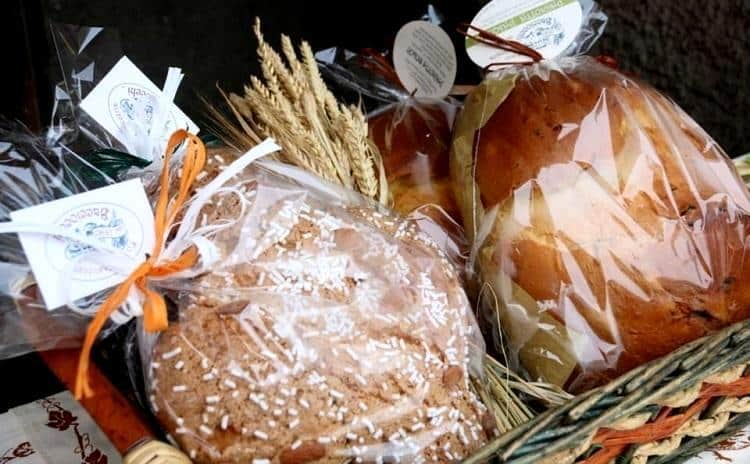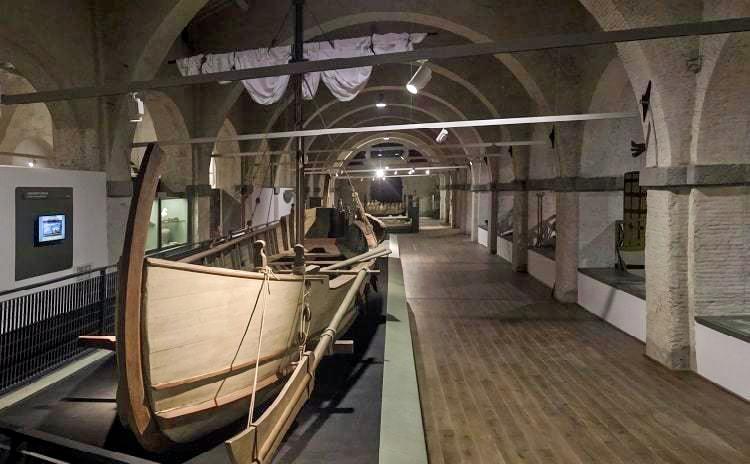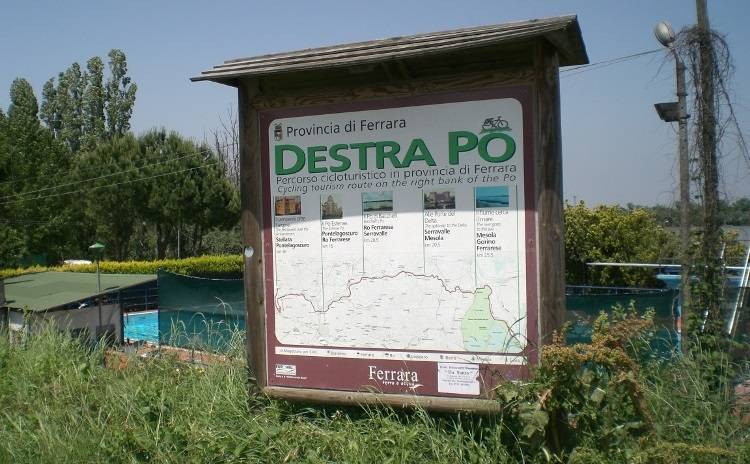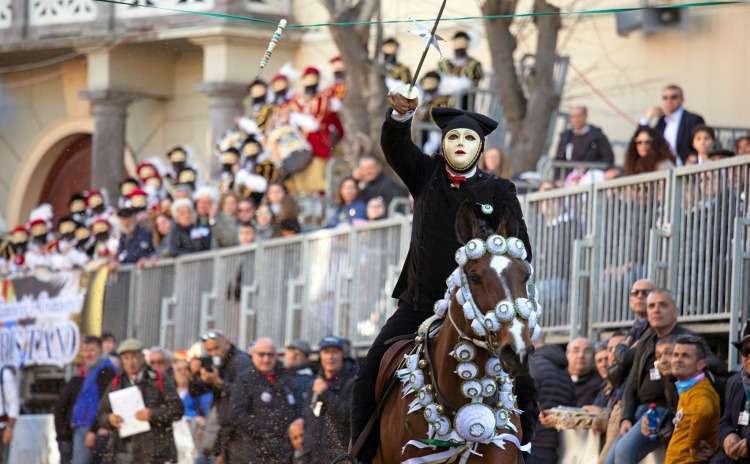Feast of Sant’Antonio Abate – Collelongo
16-17 January An ancient feast dated back over 400 years ago
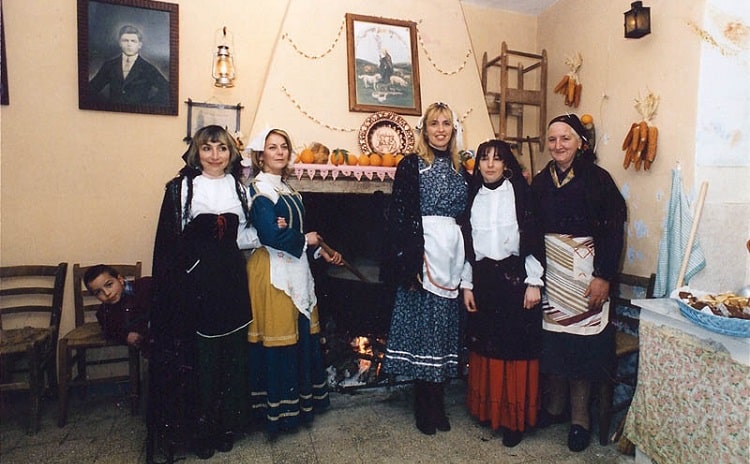
The feast of Sant’Antonio Abate is celebrated in many towns in Abruzzo.
Visitors fascinated by the simple and solid values of the mountain and the immutable rituals can’t miss the Feast of Sant’Antonio Abate celebrated on January 16 and 17 for over 400 years in Collelongo, a small town in the mountainous area of the National Park of Abruzzo, in the province of L’Aquila.
The feast of Sant’Antonio Abate di Collelongo is perhaps the oldest and the most dense of ancestral rituals and authentic traditions.
The twists
The rites begin on January 16 with the lighting of the oak wood twists, torches more than 5 meters high, which illuminate the town and warm the pilgrims for the whole night.
The “torcioni” (torches), but also other fires such as “farchie“, “focarazzi“, “ceppi” or “bonfire of Saint Antonio“, traditionally have a purifying and fecundating function, and mark the transition from winter to the upcoming spring.
In the evening the procession starts from the Parish Church, opened by the traditional “torcette” (small torches) carried by children, made by “twisting” or wrapping on itself (hence the name) a shoot of downy oak, Turkey oak or hornbeam. The whole night is marked by bands and the song of Saint Antonio Abate until 5:30 when red chichpeas (the “cicerocchi”) are distributed in Piazza della Chiesa.
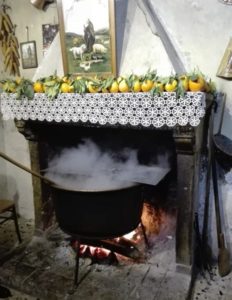
The cuctors
The feast involves all the families of the town and takes place in the “cuctor” that is in the central room of the house.
At the beginning of the celebration the fire is lit under a large pot, also called “cuttora”, where large quantities of corn cobs are boiled for hours.
The “cuttora” is the place where the celebration takes place throughout the night, where relatives and friends are welcomed and pilgrims and bands of musicians are hosted singing around an ancient and classic song, receiving food and drinks as a token for the visit.
Taking care of the “cuttora” was once the prerogative of the patriarch who invited the closest relatives contributing with “cups” of corn, wine, flour or sausages. The celebration inside the “cuttora” allowed the family to plan sowing and other activities in the countryside.
In the presence of the Saint, quarrels were forbidden so the moment was propitious to make peace and reach agreements.
Wayfarers and pilgrims were offered the “panetta” (bread mixed with eggs), some donuts, a glass of wine and, above all, the “cicerocche” that is boiled corn kernels coarsely seasoned with a little lard. In the morning the leftover “cicerocche” were offered outside the church as sacred food for the animals.
The panarda
The dinner that lasts all night is called panarda and is an ancient tradition born as a custom of refreshing the poor. It is a symbol of abundance and generosity, in fact the most spectacular aspect of panarda lies in the quantity of food, which can even exceed fifty courses, and the strict etiquette requires diners to honor the table by consuming all the dishes.
Among the many courses that are served with panarda, there are some fixed and indispensable ones such as chicken broth, egg macaroni alla chitarra with sheep meat ragout, cooked sheep, boiled broad beans, leavened dough pancakes , the pizzelle and fruits which adorn the crowns of the Saint’s statue.
The rescagnate basins
At dawn on January 17, young women dressed in traditional costumes come out of the “cuttora”, carrying a “rescagnata” (that is, decorated) basin filled with sugared almonds and sweets on their heads. Arriving at the mother church, the girls parade have the basin and the most beautiful dress chosen.
This is also an ancient tradition. There are those who say that this parade was also an opportunity to show girls of marriageable age and suggest the planning of future weddings.
Devotion
Even today, the feast of Sant’Antonio Abate is a very important moment for the community of Collelongo.
Entire emigrant families return to participate in this rite and continue to feel part of the community that is united in sincere devotion to the Saint.
More information on the website>>>
Photos from Collelongofoto
More Information >>>
